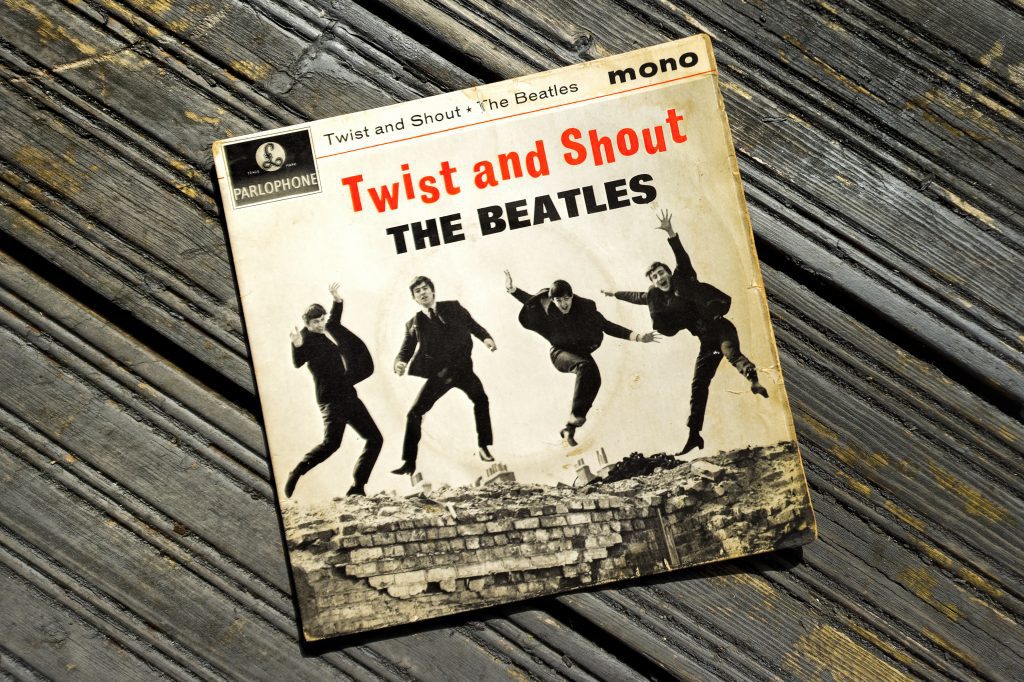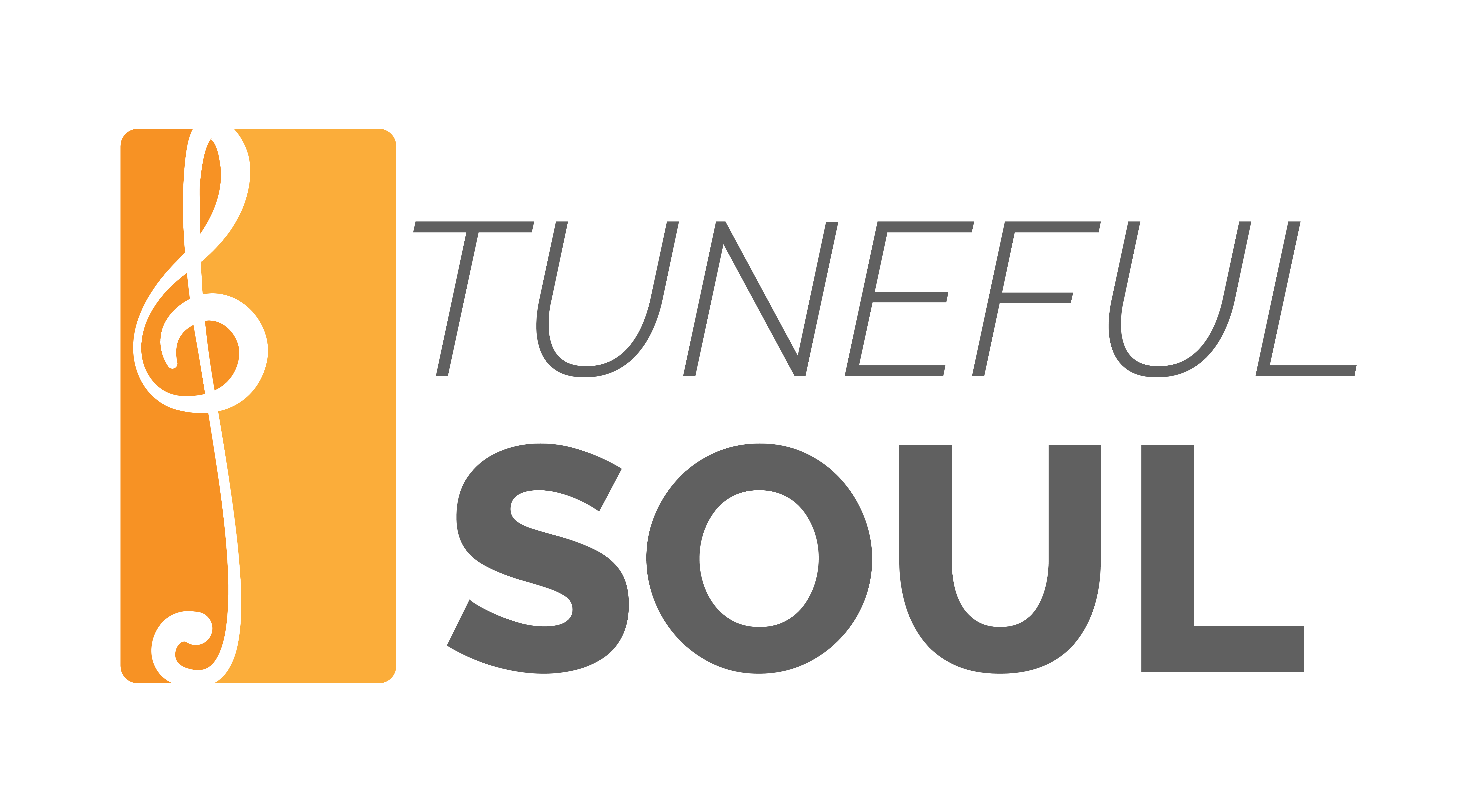What was music like in the ’60s?
The “golden years” of the 1960s, for example, would have to be 1967 — with its myriad of significant watershed arrivals, including Bob Dylan’s seminal albums and the Beatles’ capture of number one on the Pop charts. For a while, anyway. There was 1967, to be sure, but there was also 1969 and 1970 and then 1971 … And that’s just for starters.
With so many years worth considering in such a short span, it is no wonder that the sixties music scene ultimately proves to be one of the most often cited, debated, and analyzed in popular music history. Despite its diversity (and perhaps, in some ways, because of it), the 1960s gave rise to an endless variety of cultures that could be expressed through music. During that time frame, rock, folk, blues, soul, and even country were given chances to develop into something beyond their basic elements. The artists who emerged from the decade’s many movements created a wealth of beautiful music known worldwide.

The 1960s had many movements; we’re going to focus on what has come to be known as the “counterculture,” a microcosm of which would include:
- The Beatlemania (pop and rock)
- Black Power (a countercultural political view which became increasingly popular in the 1960s)
- New Age (also of political nature)
- Folk revival (folk music was also a countercultural movement of sorts, but it came from a more traditional perspective, with roots in the 19th century)
- Psychedelic rock
- Underground culture
- Hippie culture
- Punk rock
- Progressive rock.
These artistic movements had their main influence in the USA, although they inspired people all over the world.
In the mid-1960s, a young band from Liverpool called The Beatles quickly made a name for themselves in just about every corner of the globe. Their music – slow and sweetly-sung ballads – was not entirely unlike that of other British bands of the time, but it was their lyrics that brought them to stardom. Inspired by various people and things ranging from books to movies to political movements, the songs became a heartfelt mix of intelligence and poetry. They sparked a great deal of interest from teenagers worldwide who listened to them on radios or directly from their favorite albums.
